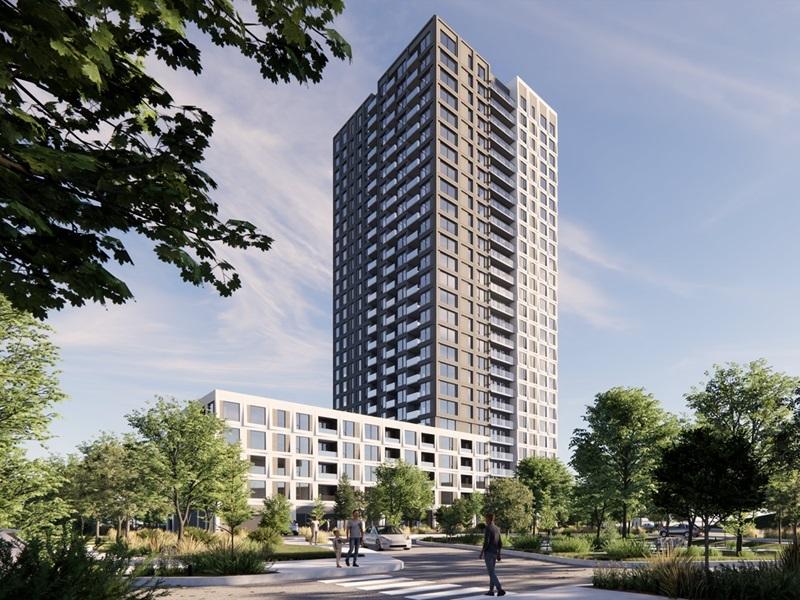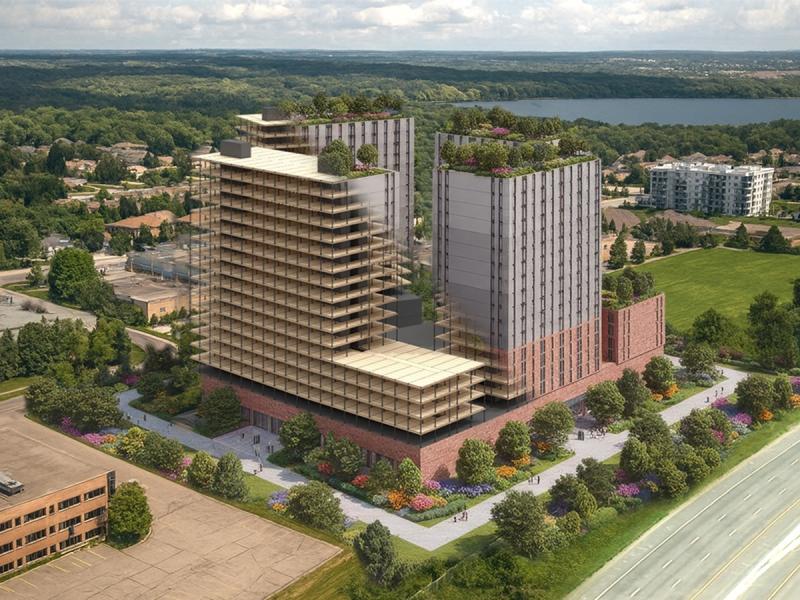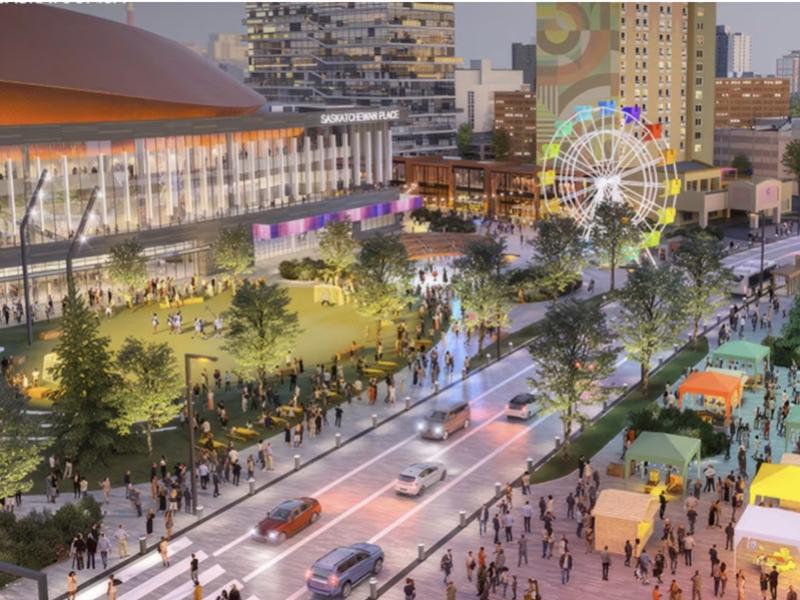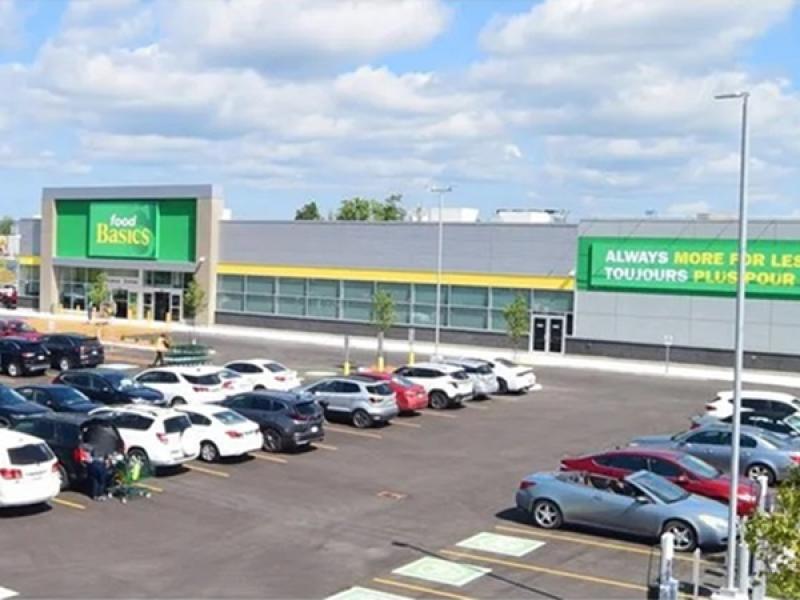
Saskatchewan’s retail real estate market is tightening further, with vacancy hovering near historic lows as strong consumer demand and steady population growth outpace development.
Industry analysts at the recent Saskatchewan Real Estate Forum say the imbalance between limited supply and rising demand is making competition for prime retail space fierce, particularly in Regina and Saskatoon, where retailers are vying for scarce storefronts in high-traffic corridors.
At the forum, retail panel moderator Christina Stus, sales associate, Colliers, presented data indicating the retail vacancy rate in Saskatoon is 2.8 per cent - and even tighter at 2.6 per cent in Regina.
According to Colliers, Saskatoon has an overall inventory of 12.4 million square feet with 2.1 million square feet enclosed and 10.3 million square feet as street front. There is just over 200,000 square feet under construction.
Its Regina data shows 12.7 million square feet of inventory with 1.6 million square feet enclosed and 11.1 million square feet as street front. There is also just over 300,000 square feet under construction.
Little new retail space in high-demand areas
“We get calls for different things and there just isn’t anywhere to put these businesses. There isn’t the right spot or the right location. Everybody wants the same area, too, everyone wants the suburban Saskatoon areas,” Stus explained.
“Retail is strong, it’s been strong all year. From what I understand, last year was the same. There just isn’t a lot of new inventory coming online, especially in areas like Stonebridge, Rosewood, Brighton, Evergreen. Those are the areas people are really interested in being in."
While there is leasing interest, there is little development activity.
“Overall, the market’s strong. Rates are strong, and vacancy holds below three per cent. The enclosed malls have their other challenges, but for unenclosed, we definitely wish there was more inventory so we could place more people into spots that they’re trying to start their business in.”
During the discussion, Ben Kelley, vice-president, advisory services, CBRE, said it is hard to secure land that makes good retail.
“Retail is one of the strongest asset classes in the province and I expect it to continue,” he said, reiterating that there’s also plenty of investor demand but no product.
The most prominent interest is for good open-air shopping centres, particularly those that are grocery anchored: “It is right at the top of what the investor base wants.”
More growth expected across province
Kelley said the continued population growth in the province, a healthy job market and tailwinds for Saskatchewan’s major industries will fuel more growth in the retail sector.
“I’m very bullish on retail right now. We haven’t seen a slowdown from the tenant base which ultimately leads into the investor base. We get calls from across the country. People still want to be here.”
Melissa Newton, client advisor, The Commercial Group, said Saskatchewan's retail segment is its own market in a sense.
“We're a small player in terms of population, but we're really quite self-sustainable, and our growth is continuing to expand,” she said. “Our city is growing at a rapid pace, not to the likes of Alberta in its prime, but we are a growing community, and we are attracting some bigger names, which is fantastic, and we have a bigger trading area now.
“So in terms of the retail market, we're seeing a lot of demand for the suburban areas where there's parking, there's 1,500 square feet to 4,500 square feet to the big box stores of 10,000 plus. Dollarama is still expanding. Shoppers Drug Mart still doing well . . .
"Fitness is this whole other ball game of innovation. I’ve got to hand it to the fitness industry. There's always a new thing that's coming out, and they're always looking to be in those areas, because they want their clients to have parking. They want to be able to design their space to have optimal efficiency, which means taking, typically, a shell space and building it out.”
Suburban vs. urban conditions
Newton described a very robust suburban market with consistent rates and renewals.
While there are challenges with the urban market, particularly in the heart of the downtown, the Broadway neighbourhood just outside the core is full and has done quite well in the last 10 years - considering in 2015 it had close to 50 per cent vacancy.
“There's always a demand for good urban neighbourhood spaces.”
Blair Forster, president, Forster Harvard Development Corp., a panelist at the forum, said e-commerce will continue to take a larger share of consumer spending in the future.
“So we’re looking at retailers that fall into two categories: e-commerce supportive and e-commerce resilient,” he said.
Petr Kafka, principal, leasing at Salthill Capital, said “supply is very tight and there’s a lot of demand.
"The trend we are seeing is that tenants are becoming more flexible . . . We first started seeing that with quick service restaurants but we’re increasingly seeing it with the grocers and the discounters.”









